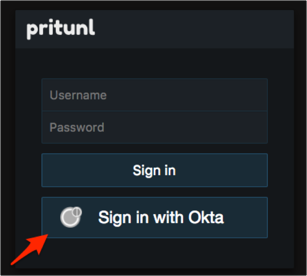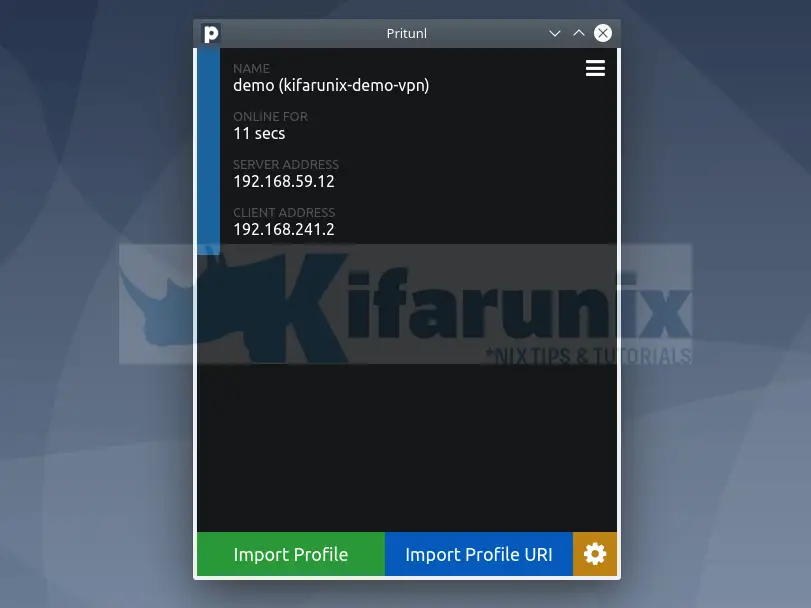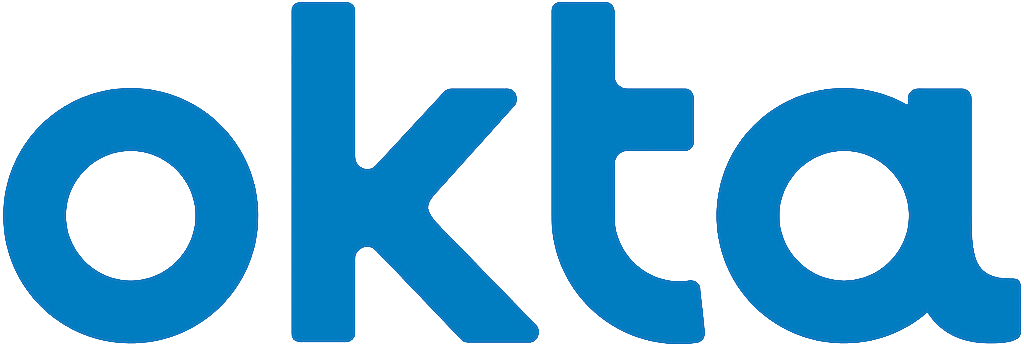

Use command kubectl-get, kubectl describe for have more information on the running apps.

This command will apply all the files and generate all the components.įinally add a forward port to the service with the command kubectl port-forward service/snipe-entrypoint 9000:80

To generate the application run from command line the command kubectl apply -f. Now we should have a folder with three files snipe_deployments.yml, mariadb_deployments.yml and snipe_services.yml. The snipe_services.yml will be used to expose Snipe app port 80 and databse 3306 port. We have now to deploy Services to expose an application running on a set of Pods as a network service. With snipe_deployments.yml and mariadb_deployment.yml we have the Deployments ready. it’s used to know when to restart a container. The container image snipe/snipe-it:latest it’s used. Value: "base64:D5oGA+zhFSVA3VwuoZoQ21RAcwBtJv/RGiqOcZ7BUvI=" Now let’s check the snipe_deployments.yml file apiVersion: apps/v1 Multiple pods under same nodes can access to Volume.Īs the mysql we will create a deployment and a PersistantVolumeClaim for the snipe app. That means the volume can be mounted as read-write by a single node. spec.accessModes has been setup in ReadWriteOnce. this volume use the declarated volume in. A volume snipedb-pvolume has been created in. template.spec we will retrieve all the configs for the pods, we create the volume snipedb-pvolume who use the PersistantVolumeClaim snipedb-pvolume. =Recreate will kill all the previous pods before create new. Labels can be used to organize and to select subsets of objects. Labels are key/value pairs that are attached to objects, such as pods. The Deployment Metadata name is snipedb and it’s tagged with the labels app snipe. Let’s take a look to the file apiVersion: apps/v1 Claims can request specific size and access modes (e.g., they can be mounted ReadWriteOnce, ReadOnlyMany or ReadWriteMany). Pods can request specific levels of resources (CPU and Memory). Pods consume node resources and PVCs consume PV resources.

The second one is PersistentVolumeClaim, is a request for storage by a user. The file mariadb_deployments.yml will create two components for the database.įirst one is Deployment, the deployment provides declarative updates for Pods. Let’s create a folder app with all the components files, the first one will be for MySQL. That means we will have running pods for Snipe and Mysql. We need two containers Mysql and Snipe It to let the app work. Snipe It docker installation is available on.
#Pritunl okta how to
Now we have more knowledge on Kubernetes let’s see how to deploy snipe-it on k8s. You will find all the informations needed to In production environments, the control plane usually runs across multiple computers and a cluster usually runs multiple nodes, providing fault-tolerance and high availability. The control plane manages the worker nodes and the Pods in the cluster. The worker node(s) host the Pods that are the components of the application workload. Every cluster has at least one worker node. Kubernetes is deployed with a Cluster who consists of a set of worker machines, called nodes, that run containerized applications. Kubernetes works with several components: It takes care of scaling and failover for your application, provides deployment patterns, and more. Kubernetes manage containers system resiliently. Kubernetes is an open-source platform for managing containerized workloads and services. As is a simple product let’s introduce how to deploy this simple tool with Kubernetes. In the previous post, we spoke about Snipe It and how to deploy it with docker.


 0 kommentar(er)
0 kommentar(er)
